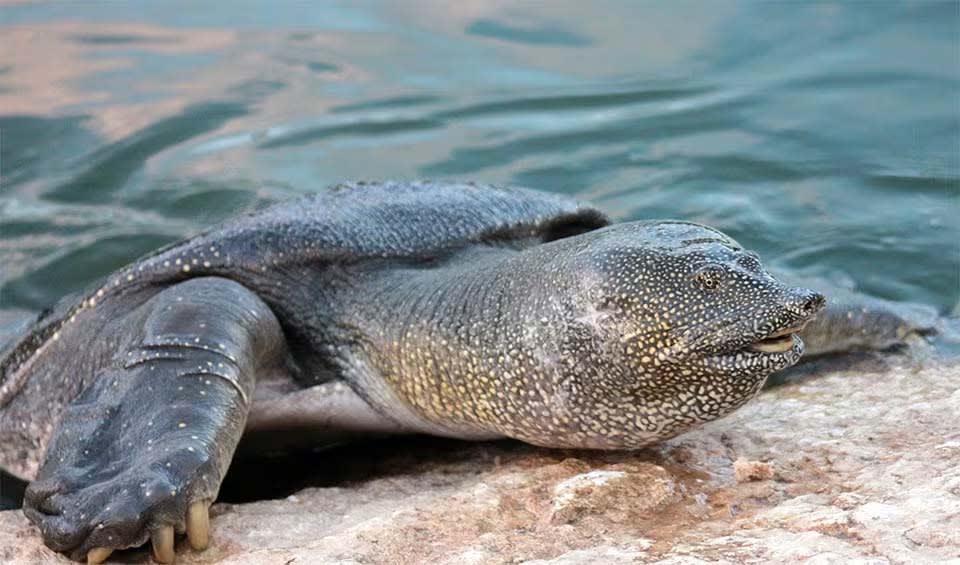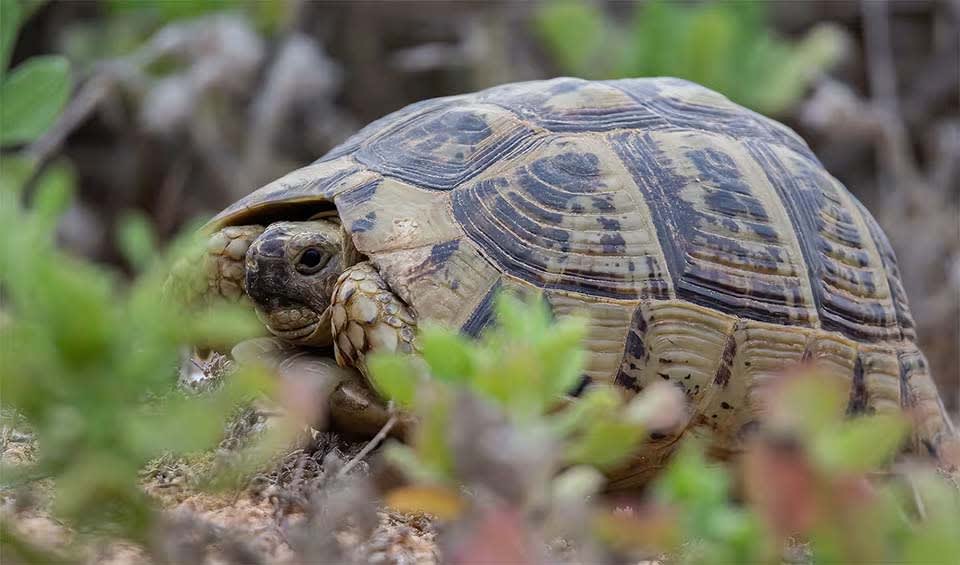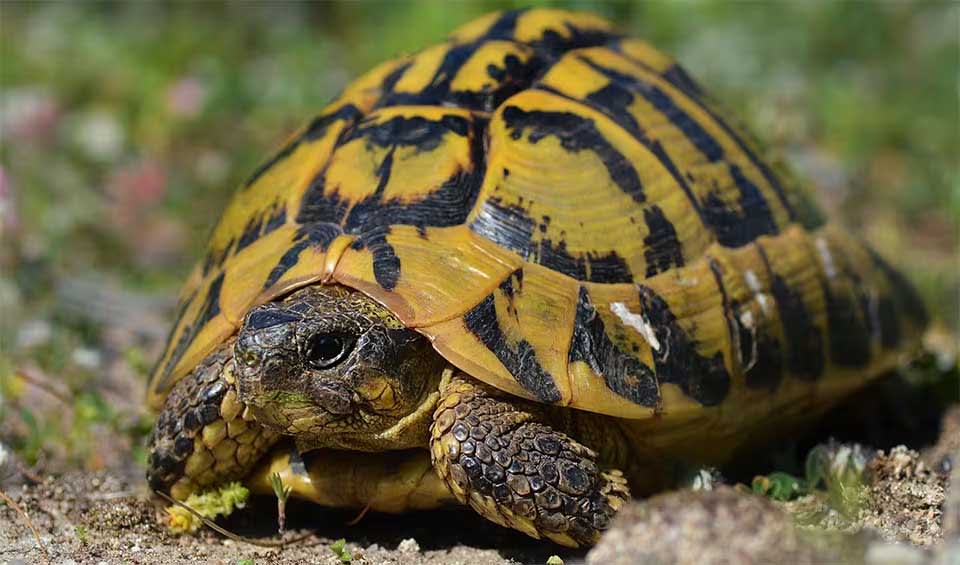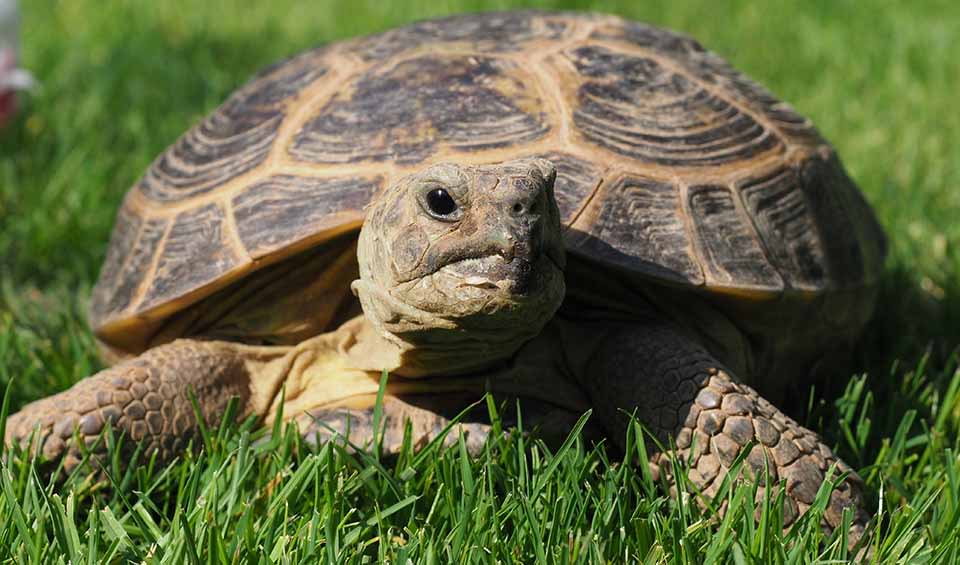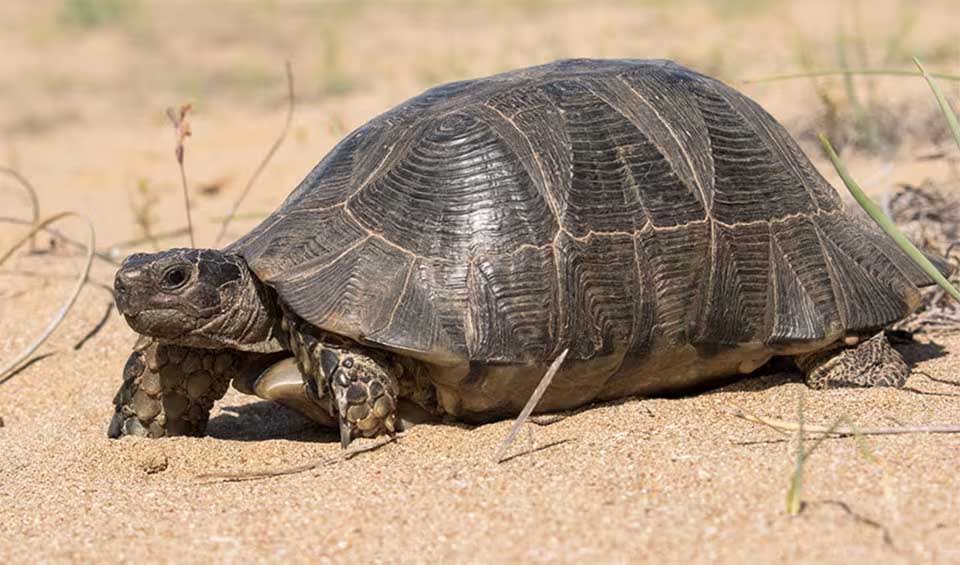Testudo – Mediterranean tortoises
Remarkable reptiles with an iconic domed shell that serves as a fortress of protection
A diverse group of tortoises thrive in regions bordering the Mediterranean Sea, including Europe, Africa, and the Middle East. These tortoises are characterized by their relatively small size and distinctive hard shells, which exhibit a range of colors and patterns unique to each species. Testudo tortoises typically possess four or five toes on their front feet and lack prominent bumps on their legs and tails, distinguishing them from other tortoise species.
Testudo tortoises are primarily herbivorous, consuming a variety of plant materials such as grass, leaves, flowers, and fruits. Their diet reflects their adaptation to dry environments, as they can thrive in arid habitats with limited access to water. During periods of cold or drought, Testudo tortoises enter a state of dormancy, sleeping for extended periods until conditions become more favorable for activity and foraging.
Habitat preferences differentiate Testudo tortoises from other tortoise species. They are well-adapted to dry and arid environments, such as scrublands, grasslands, rocky hillsides, and Mediterranean forests. For example, the Greek tortoise (Testudo graeca) is found in scrublands and grasslands across southern Europe and parts of North Africa, while the marginated tortoise (Testudo marginata) inhabits rocky hillsides and Mediterranean forests in Italy and surrounding areas. This specialization allows them to thrive in habitats with limited access to water and variable climatic conditions, distinguishing them from species that may inhabit more diverse or humid environments.
Species in this genus
African softshell turtle
Instead of a bony shell, it has a flat, leathery covering that helps it glide smoothly through the water
Greek tortoise
The mosaic-shelled marvel of the Mediterranean
Hermann’s tortoise
Excellent climbers, capable of scaling rocky slopes and walls with ease
Russian tortoise
Like miniature tanks, built for survival in some seriously harsh climates
Marginated tortoise
Its shell is a beautifully patterned dome that offers both protection and style

